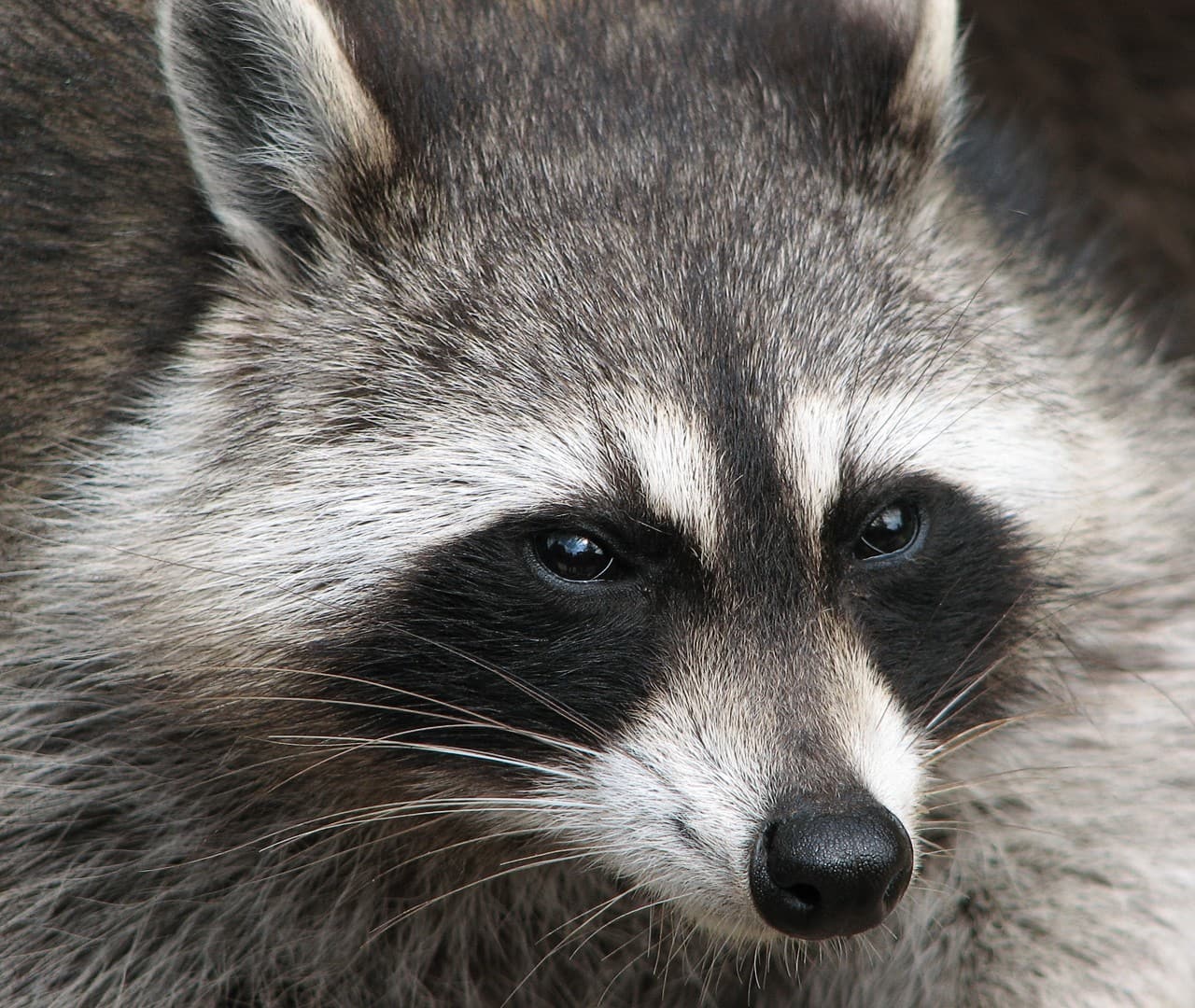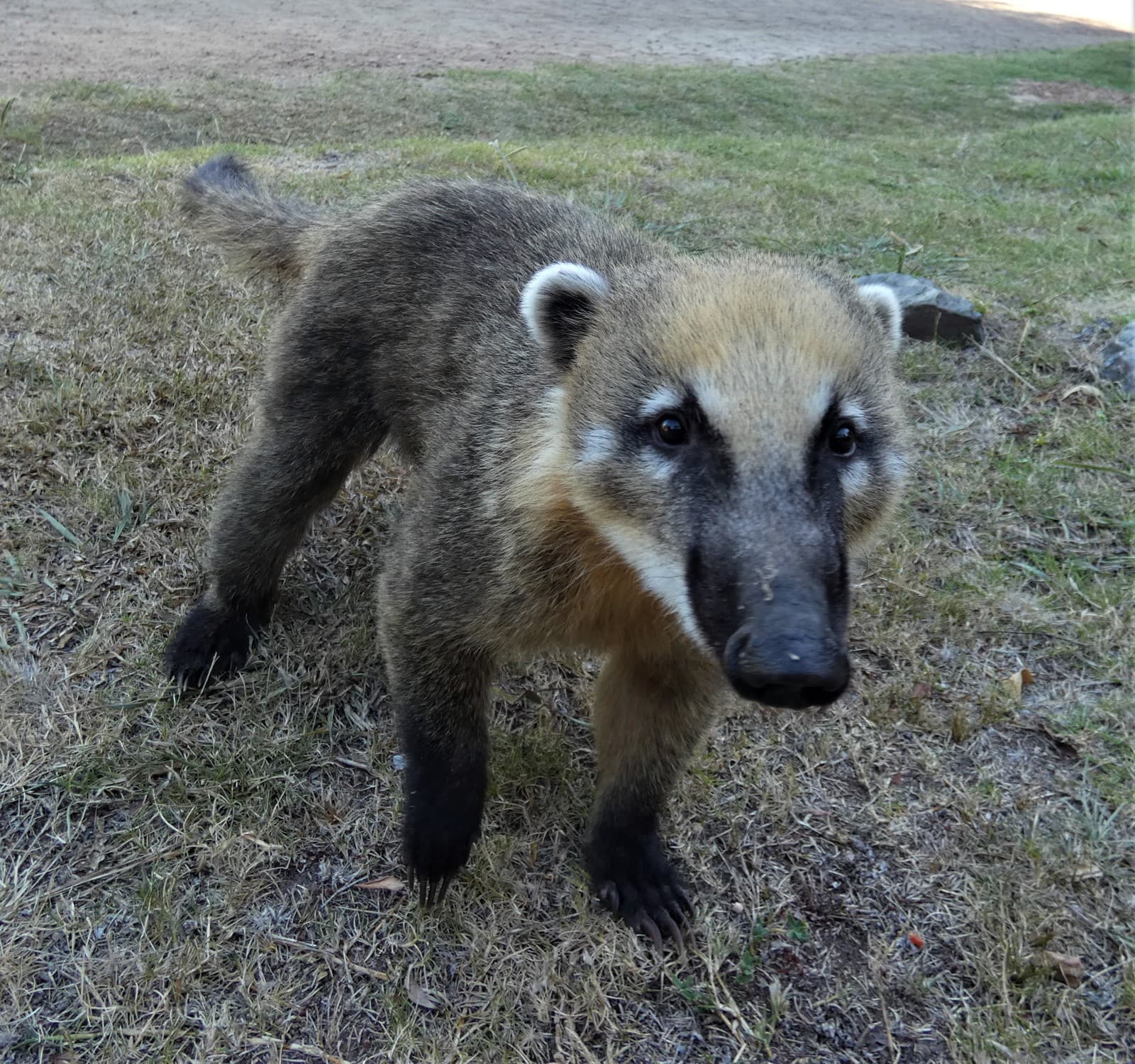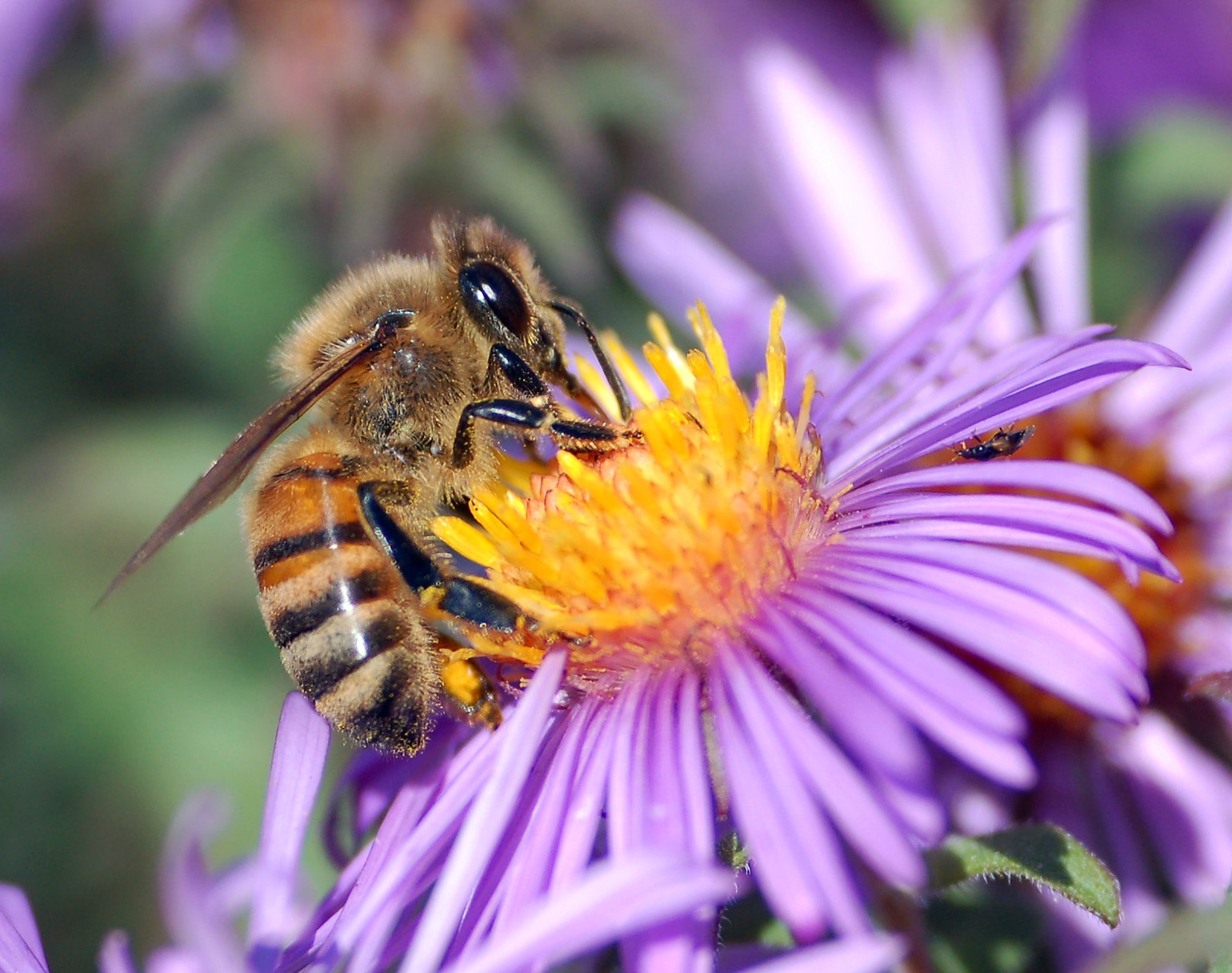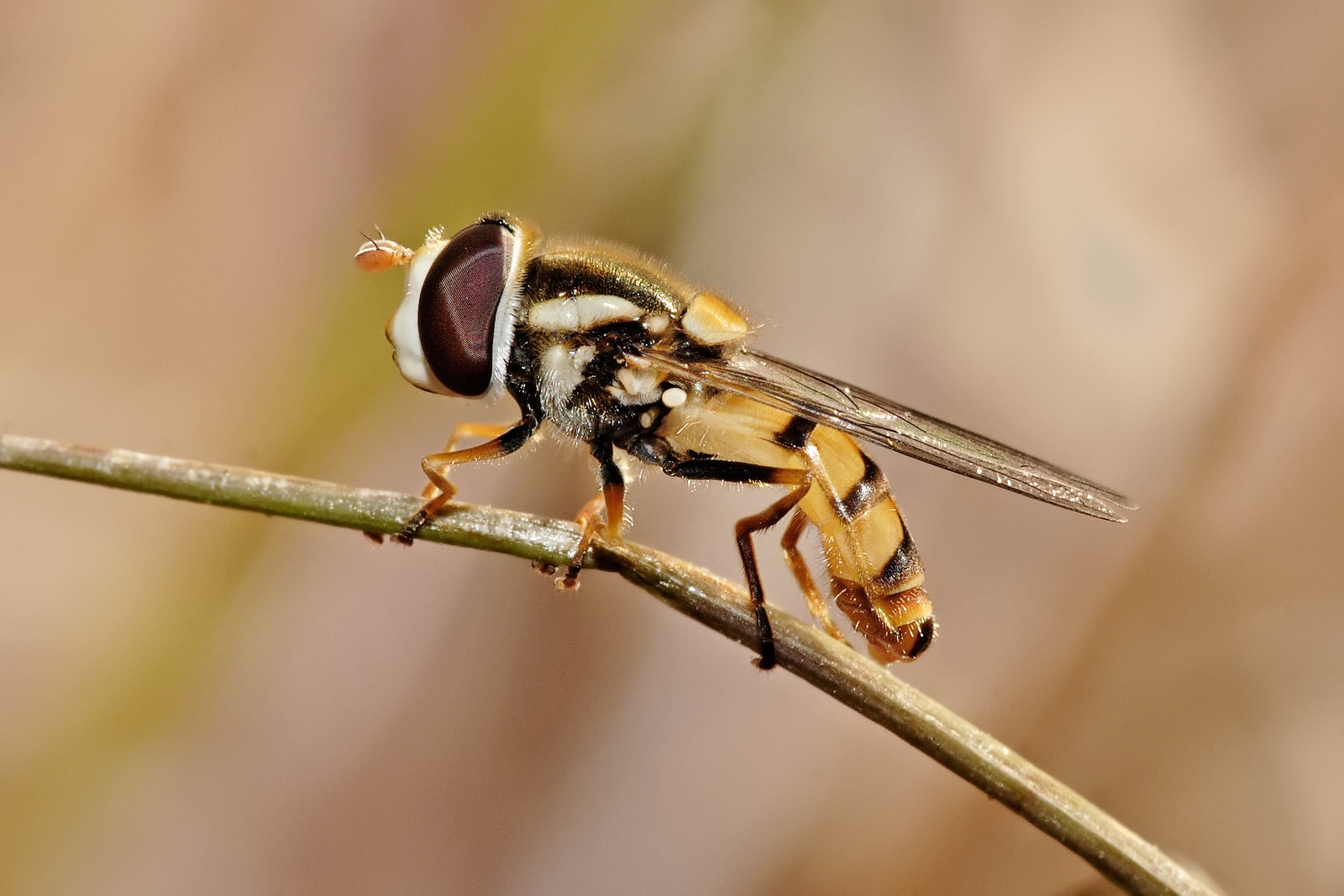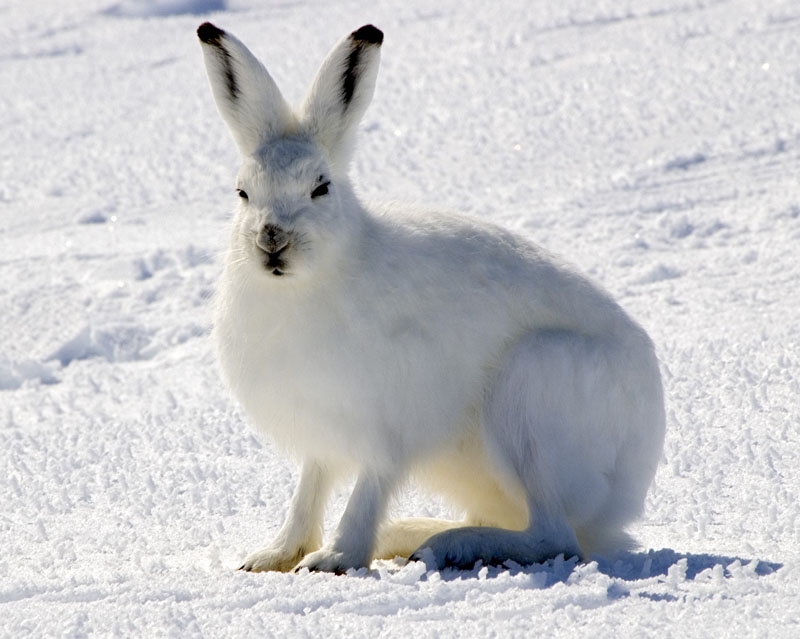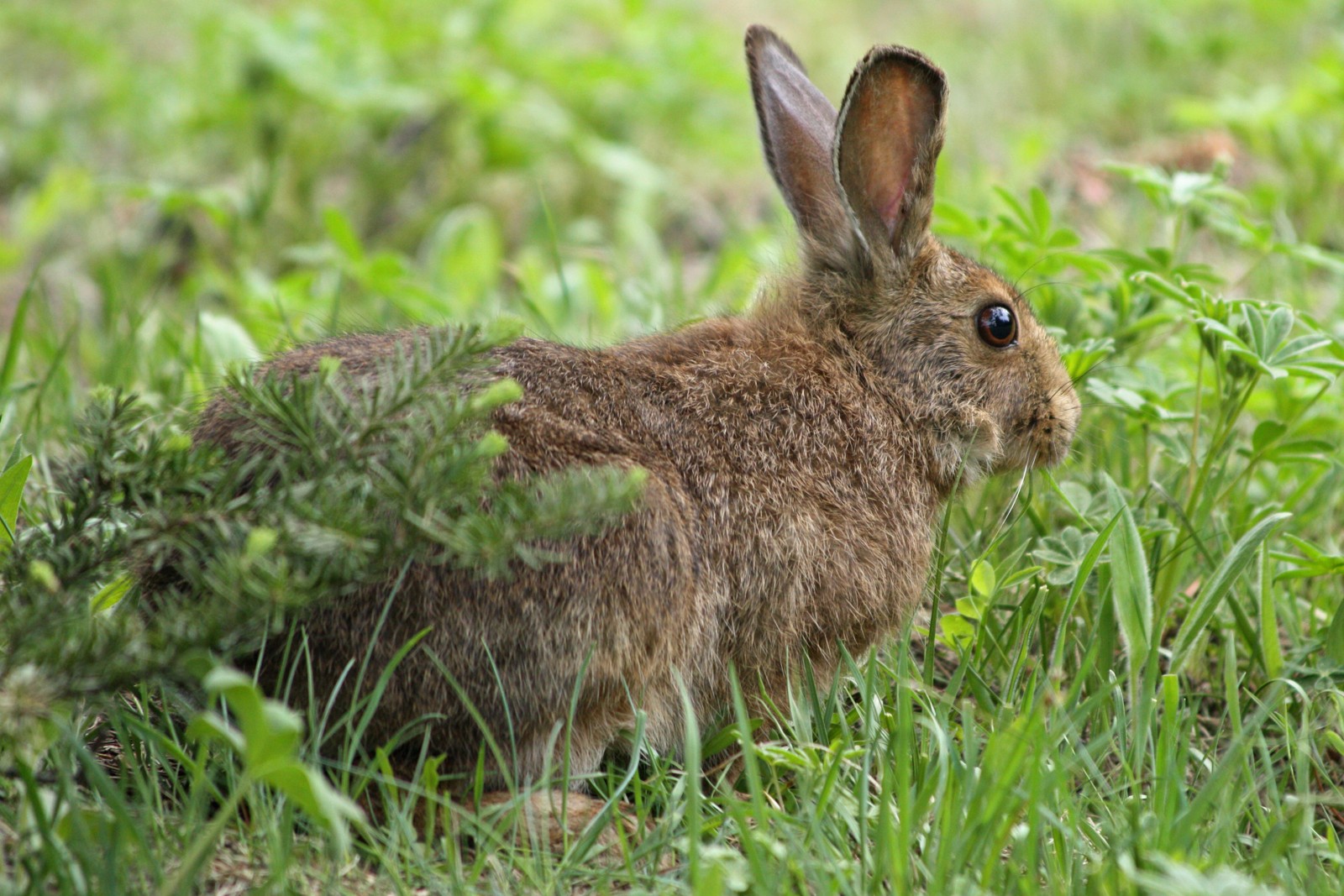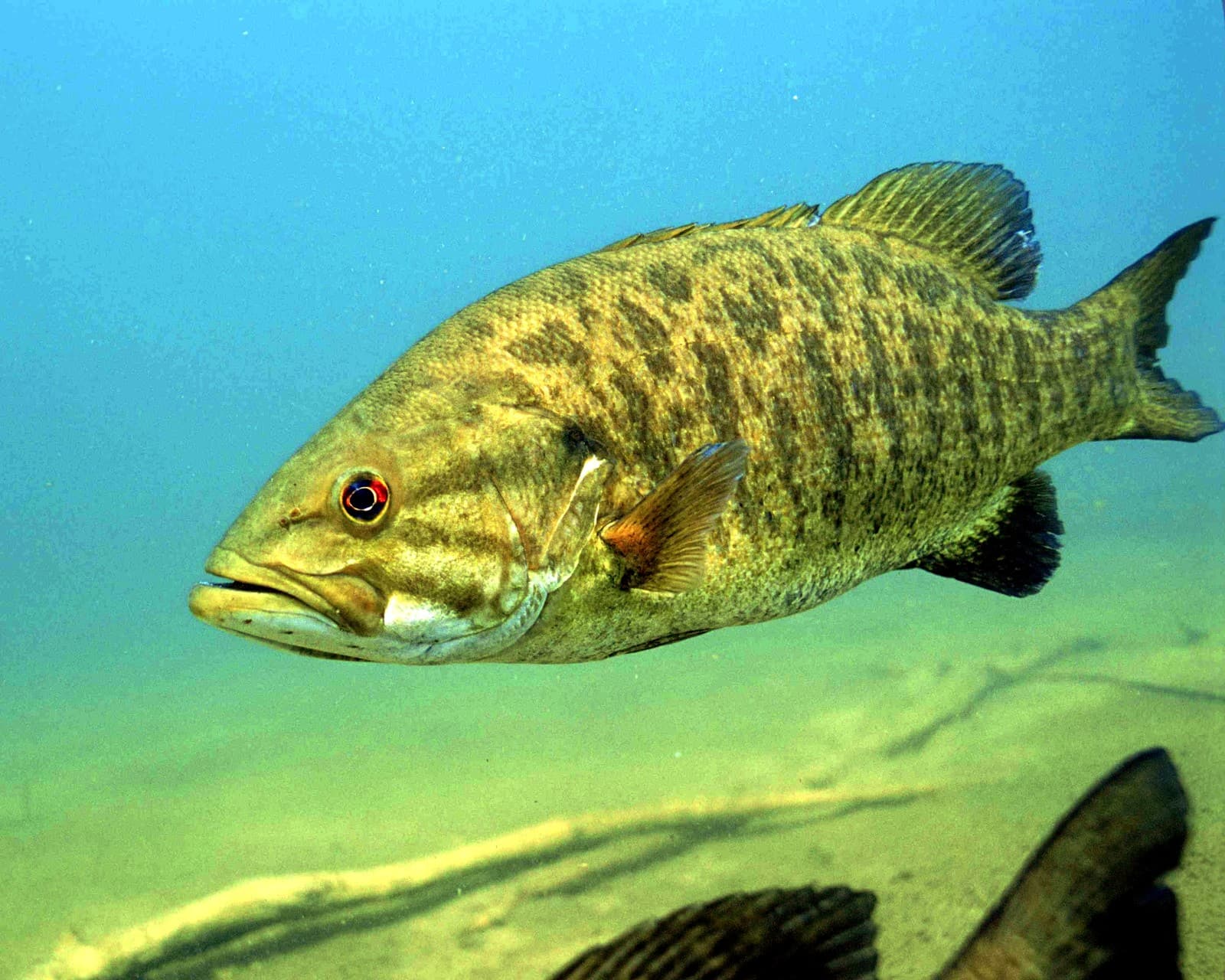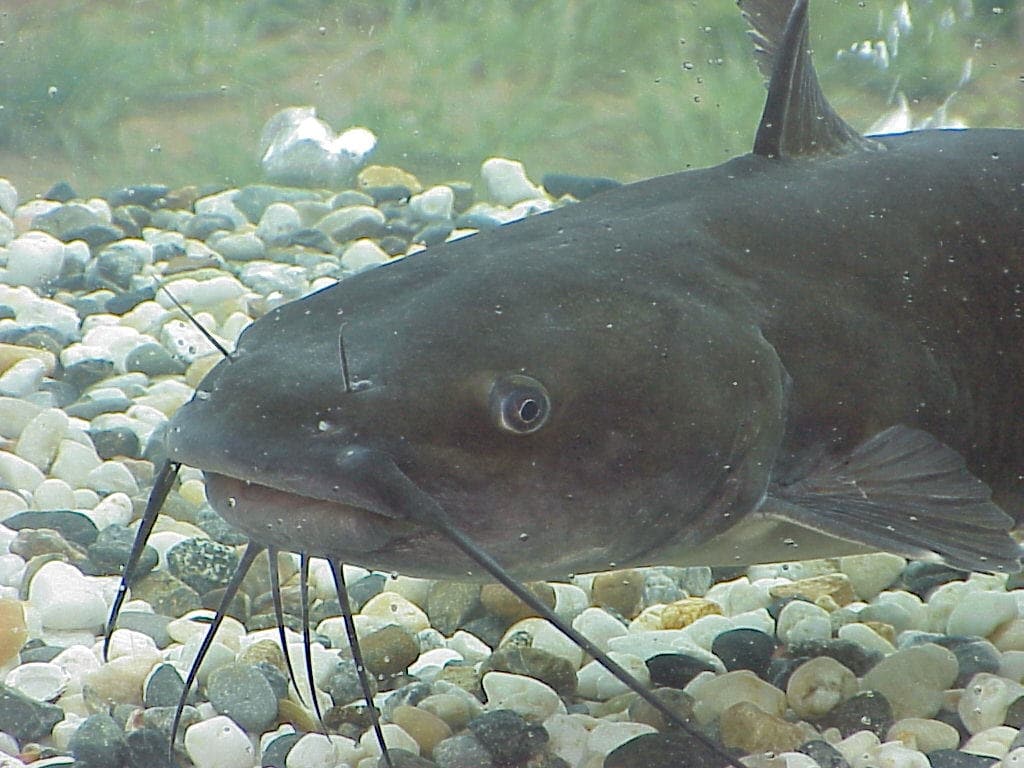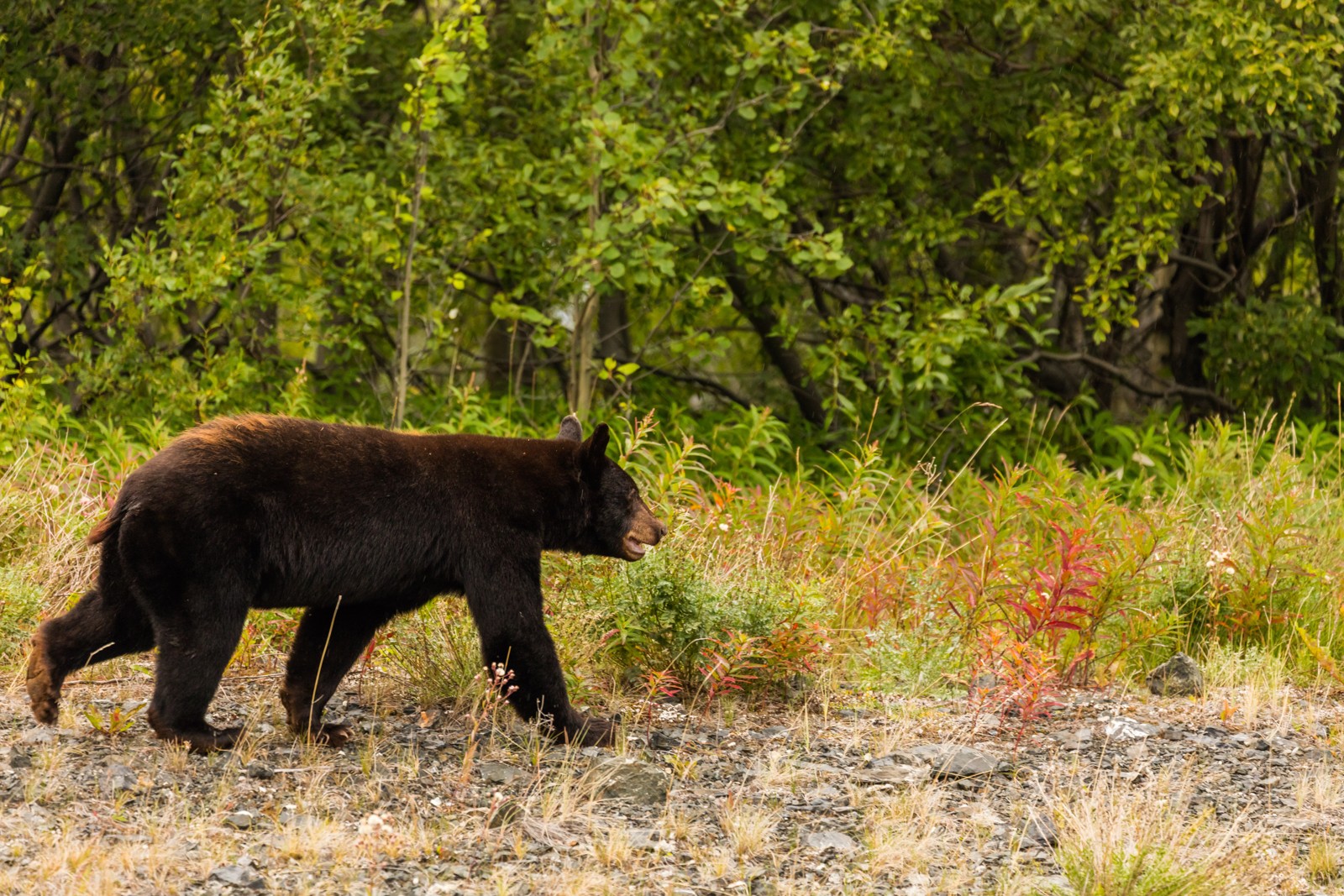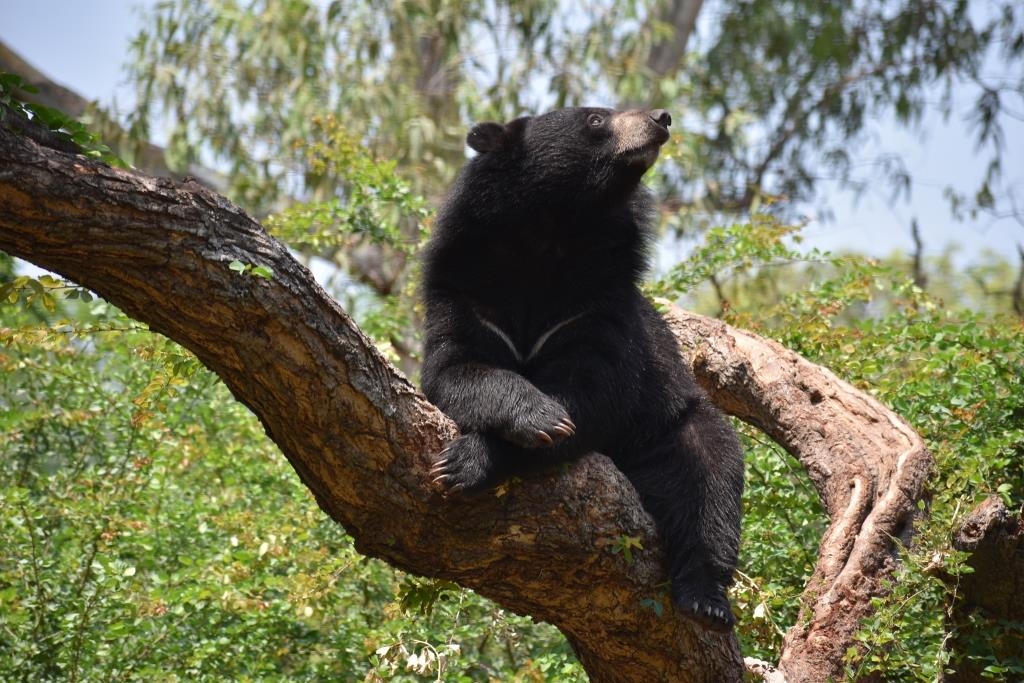Bearded Dragon vs Uromastyx: A Complete Comparison
When comparing Bearded Dragons vs Uromastyx, these popular reptilian pets showcase distinct characteristics that make each species unique. Bearded Dragons (Pogona vitticeps) typically reach 16-24 inches (40-60 cm) in length, while Uromastyx species average 10-18 inches (25-45 cm). Despite their similar appearances, these lizards differ significantly in diet, habitat requirements, and temperament.
Both species have carved out their niches as sought-after exotic pets, with Bearded Dragons known for their social nature and Uromastyx praised for their striking colors and herbivorous diet. Understanding these differences is crucial for potential owners making an informed decision between these remarkable reptiles.
<img src=“/images/bearded-dragon-uromastyx_bearded-dragon.jpg” alt=“A Bearded Dragon lizard resting alertly on a wooden branch, displaying its distinctive spiky beard and scaled texture. The reptile’s head is shown in profile, revealing its keen dark eye and characteristic triangular head shape. Its cream-colored throat scales are expanded, creating the species’ namesake “beard” effect, while its body shows intricate patterns of overlapping scales in shades of brown and white. The lizard’s muscular front legs and sharp claws are visible gripping the natural wood perch. The image is captured with shallow depth of field, creating a warm, soft-focused background that highlights the dragon’s detailed facial features and textured skin.”>
© Virtual-Pano / CC BY 4.0
The Bearded Dragon displays its characteristic defensive posture, showcasing the expandable throat pouch that gives this species its common name. Native to Australian deserts, these adaptable reptiles have become one of the most popular exotic pets worldwide.
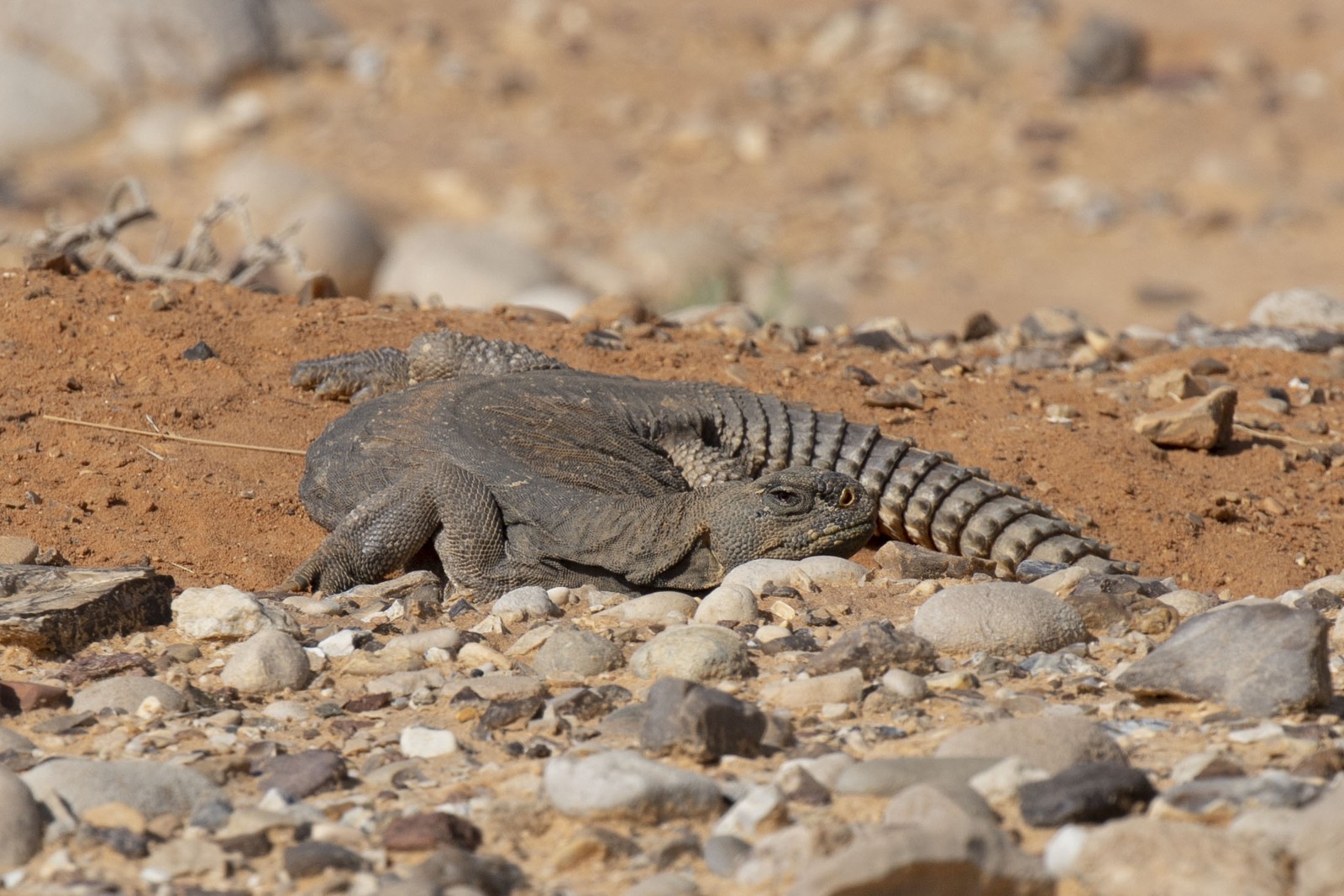
© Kristof Zyskowski & Yulia Bereshpolova / CC BY 2.0
The Uromastyx demonstrates its desert-adapted features, including the distinctive spiny tail used for defense and balance. These hardy lizards are perfectly suited to their arid habitat, with specialized adaptations for surviving extreme temperatures.
Key Differences Between Bearded Dragons and Uromastyx
| Feature | Bearded Dragon | Uromastyx |
|---|---|---|
| Size | 16-24 inches (40-60 cm) | 10-18 inches (25-45 cm) |
| Diet | Omnivorous (insects and plants) | Strictly herbivorous |
| Lifespan | 10-15 years | 15-20 years |
| Temperature Requirements | Basking: 95-105°F (35-40°C) | Basking: 120-130°F (49-54°C) |
| Temperament | Very social, handleable | Initially shy, becomes social |
| Native Habitat | Australian deserts | North Africa/Middle East |
Habitat Requirements
Bearded Dragons thrive in enclosures that mimic their native Australian desert environment, requiring a minimum 40-gallon tank for adults. They need a temperature gradient from 75-85°F (24-29°C) at the cool end to 95-105°F (35-40°C) at the basking spot.
Uromastyx demand more extreme desert conditions, with basking temperatures reaching 120-130°F (49-54°C). They require larger enclosures, typically 48x24x24 inches (122x61x61 cm) minimum, with ample space for burrowing and extensive rocky hiding spots.
Diet and Feeding
The dietary needs of these species represent one of their most significant differences. Bearded Dragons maintain an omnivorous diet, consuming:
- Live insects (crickets, dubia roaches)
- Fresh vegetables (collard greens, squash)
- Occasional fruits
- Commercial pellets as supplements
Uromastyx follow a strictly herbivorous diet consisting of:
- Mixed leafy greens
- Seeds and legumes
- Desert plants
- Specially formulated commercial foods
Temperament and Handling
Bearded Dragons have earned their reputation as the “dogs of the reptile world” due to their:
- Naturally calm disposition
- Quick adaptation to handling
- Social interaction with owners
- Tolerance for regular handling
Uromastyx typically display:
- Initial shyness
- Gradual trust development
- Strong territorial instincts
- Less tolerance for frequent handling
Health and Lifespan
While both species are generally hardy, they face different health challenges:
Bearded Dragons:
- Metabolic bone disease risk
- Respiratory infections
- Average lifespan: 10-15 years
- Regular vet check-ups needed
Uromastyx:
- Higher heat requirements
- Sensitive to humidity
- Longer lifespan: 15-20 years
- Less prone to common reptile ailments
Cost Comparison
Initial and ongoing costs vary between species:
Bearded Dragon:
- Purchase price: $50-200
- Setup costs: $300-500
- Monthly maintenance: $30-50
Uromastyx:
- Purchase price: $150-400
- Setup costs: $400-700
- Monthly maintenance: $25-40
Making Your Choice
Choose a Bearded Dragon if you:
- Want a more handleable pet
- Prefer a shorter setup time
- Are new to reptile keeping
- Have limited space
Consider a Uromastyx if you:
- Can provide extreme heat requirements
- Prefer a herbivorous pet
- Have experience with reptiles
- Want a longer-lived companion
Both species make fascinating pets, but their distinct care requirements and temperaments should guide your decision based on your experience level and commitment capacity.
